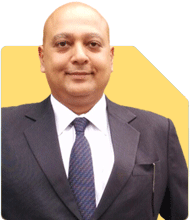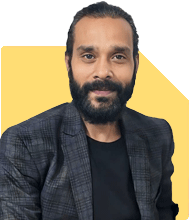I had commerce and maths in 12and now Want to do graduation in business analytics . Which college should I prefer in Jaipur as well as pan india. Pls Give suggestions for *both*
Don't want to do ca cfa Cs cma and other such courses.
College should have various societies, cultural activities like debates and modern age competitions with strong academic excellency and placement records.
Stream :commerce with maths
Should be affordable (even by availability scholarship family annual income 12 L)
Like Krea university offering scholarship for the same income grp .
12% =86
No entrance exam given
Suggest college which is accepting admissions right now also.
Ans: With a commerce and maths background and no entrance exam, you can gain admission immediately into strong, affordable BBA/BBM (Business Analytics) programs that combine academic rigor, active societies, cultural events, and proven placement support, with scholarship options for a family income of ?12 LPA.
The following ten institutions accept 12th commerce + maths applicants now, offer vibrant student life (debate clubs, data challenges, cultural fests), and provide need-based or merit scholarships similar to Krea’s model:
ICFAI University, Jaipur – BBA (Business Analytics) with UGC approval, societies for finance, quizzing, tech fests, campus recruitment rates around 80% and scholarships up to 50% for incomes ≤ ?12 LPA.
IBS (ICFAI) Jaipur – BBA (Hons) Business Analytics accredited by IoA, active analytics and entrepreneurship clubs, placement support cell, family-income scholarships.
JECRC University, Jaipur – BBA (Hons) Business Analytics endorsed by Institute of Analytics, robust cultural societies, data-hackathons, ~75% campus placements, fee waivers for eligible candidates.
Manipal University Jaipur – BBA (Business Analytics) with NAAC A+ ranking, vibrant student council, intercollegiate festivals, 85% placement assistance, need-based financial aid.
Vivekananda Global University, Jaipur – BBA (Business Analytics) in a UGC-approved private university, multiple entrepreneurship and analytics clubs, ~70% placement, scholarships for middle-income families.
JAIN University, Bangalore – BBA Business Analytics & Intelligence, industry-aligned labs, cultural and hackathon events, ~90% placement in analytics roles, merit-cum-need scholarships.
Christ University, Bangalore – BBA Strategy & Business Analytics (Hons) with research options, national debating society, business clubs, ~88% placement, scholarships up to 50% for ?12 LPA income.
IIBS, Bangalore – BBA (Business Analytics), global analytics certifications, active campus forums, placement cell with 80% success, merit scholarships.
Amity University, Noida – BBA Data Analytics, techno-cultural fests, business societies, ~85% placement, need-based aid for ?12 LPA bracket.
Woxsen University, Hyderabad – BBA (Business Analytics), collaborative start-up incubator, cultural council, ~80% placement, substantial scholarships for middle-income families.
Recommendation: For the strongest blend of analytics focus, campus life, and scholarships, prioritize ICFAI University Jaipur and IBS Jaipur for their immediate admission cycles and generous aid. Next consider JAIN University and Christ University for pan-India exposure and vibrant societies, followed by JECRC University for its analytics accreditation and Jaipur-based convenience. All the BEST for a Prosperous Future!
Follow RediffGURUS to Know More on 'Careers | Money | Health | Relationships'.


















